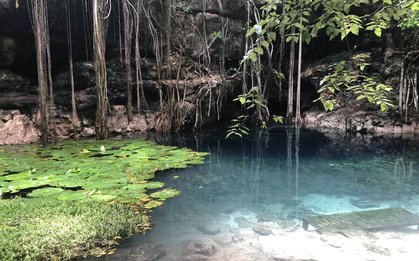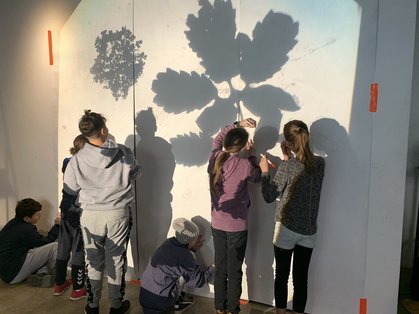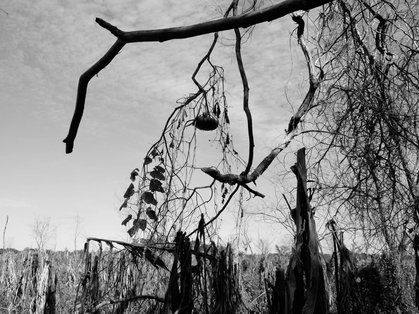contributions
We invite you to read, watch, and listen to a variety of contributions and materials that have been conceived of as extensions and insights into our collaborations, facilitations, and programs. Predominantly commissioned by Spore, it is a repository of sonic notes, stories, poems, essays, and tools authored by individuals from different walks of life. They are published in their multiple original languages with occasional translations.


A collective learning experience aimed at practitioners, community organizers, educators, care workers and cultural workers, on topics such as environmental justice, health, and food sovereignty.

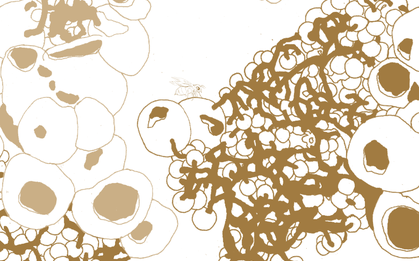
This booklet is a memory, a small celebration and the testimony of many conversations, and a wonderful collaboration centered on the Melipona bee in Maní, Yucatán.

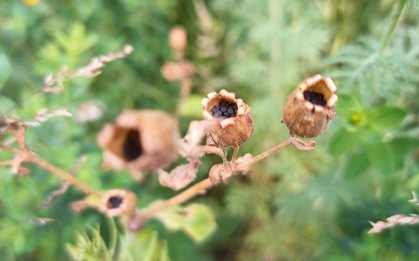
Playful collective storytelling, stop-motion movie making and the exploration of the natural environment around Spore came together in this workshop week Ecologías del Futuro, inviting the participants to imagine together what the entangled web of life we inhabit looks like, now and in the future.

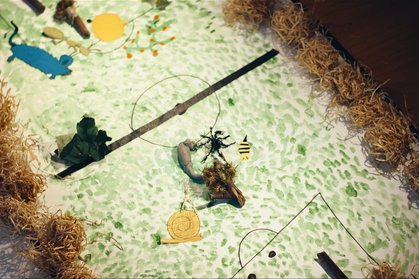
Fast 7% der Landesfläche Berlins machen Gewässer aus, dazu kommen Grünflächen und die bekannte graue Suppe (Wolken), die Wasser halten, sowie Rohre und Wasserhähne, die Wasser zu Endverbraucher*innen leiten. In der Radiosendung beschäftigen wir uns mit dem Wasser, dass uns hier in Berlin umgibt, aber fast unsichtbar geworden ist.

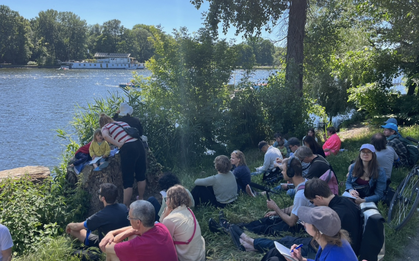
As the third season begins at the Spore Garden we look back at the work done and report on the efforts to regenerate the soil and plant community (...)
stories
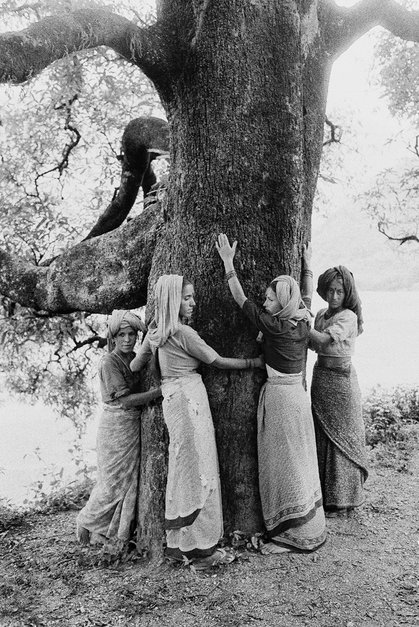
I have always loved the Himalayas. I grew up in the foothills and later I traversed across many of its great landscapes and its lofty glacial peaks, lush meadows full of magical indigenous flowers and most importantly its awe inspiring trees. So when I heard about the loggers and contractors I scrambled up the mountain to see for myself as to what was happening to its endangered forests.
notesLI SER ÇEMÊN KURDISTANÊ - Hekê em li her dilopekê avê hem wekî navgîneke hîdrolojîk û hem jî di heman demê de yeke sosyo-çandî binihêrin - bi vî rengî çem jî têkiliyek hebên dilopan in - hilgirên jiyanê yên li ser rûyê erdê me.
notesIf we look at the individual drop of water as both a hydrological and at the same time a socio-cultural medium - this is how rivers are an interaction of the individual drops - the carriers of life along our earth's crust.
notesAs a cultural organization in Berlin Neukölln, we commit to actively oppose all forms of discrimination, whether anti-Arab, anti-Muslim or anti-Semitic.
stories
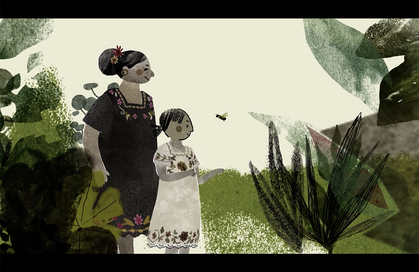 Still from the animation film EL ZUMBIDO DE BALÁAM KAAB
Still from the animation film EL ZUMBIDO DE BALÁAM KAABBased on the content of the book box El zumbido de Báalam Kaab, the agroecological school U Yits Ka'an together with the animation studio “Llamarada” in Mexico City developed the animation film El Zumbido de Baláam Kaab. The motion graphics used mainly stem from children’s drawings that were created within the workshop series "Meliponicultura": Stories and Knowledge Exchange. The music score and sound design was developed by the sound studio Pacífico in conversation with the agroecological school U Yits Ka'an and artist Ariel Guzik.
notes
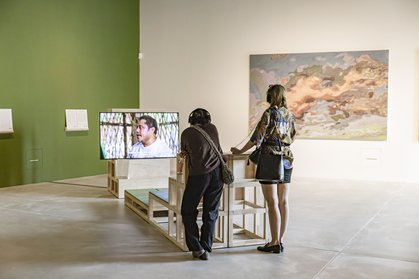
Lejanas voces, varias de ellas compartidas desde U Yits Ka’an, han sido traídas hasta la casa Spore aquí en Berlín Alemania, para compartir con loas/los berlineses y con tantas otras personas venidas de distintas partes del mundo; estas voces son un lejano eco de la sabiduría maya sobre algunos procesos que hasta el día de hoy generan vida y esperanza en las comunidades rurales de Yucatán, tales como el mito de Cuxaan Su’um, el Xook K’iin y el trabajo y cultivo de las abejas nativas.
notes
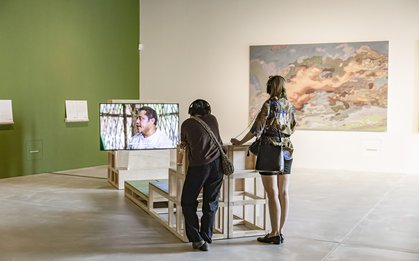
Distant voices, several of them from U Yits Ka’an, have been brought to the Spore house in Berlin, Germany, to share with Berliners and many other people from different parts of the world. These voices are a distant echo of Maya wisdom about certain processes that to this day generate life and hope in the rural communities of Yucatan, such as the myth of Cuxaan Su’um, the Xook K’iin, and the work and cultivation of native bees. With an exhibition that gave visibility to these three narratives, this house-museum in the legendary German city was inaugurated.
notes
En el primer día de taller pudimos conocer a las personas que integrarían el grupo y con quienes compartiríamos el resto de la semana aprendiendo sobre técnicas, saberes, formas y maneras de ver y realizar arte a partir de elementos propios de la naturaleza. Se reunió un grupo de adolescentes entre los 11 a 14 años y doña Cande de 28 años, la mayoría interesados por el dibujo y sus expresiones, otros por el trabajo del maestro José Chi y sus procesos pictóricos.
notesAbstract in English, based on the original text in Spanish.
The Xook K’iin — “reading, counting the days”, in Peninsular Yucatec Maya—is a technique of forecasting the future in order to adapt the tasks of the milpa cycle, depending on a series of meteorological predictions.
notes
Como es consabido, el xook k’iin —“leer/contar los días”, en idioma maya peninsular o yucateco— es una técnica de previsión de futuro que adecua las tareas del ciclo de la milpa en tiempo y forma dados por una serie de predicciones meteorológicas.
notesResumen: En este texto se ofrece una visión panorámica del contexto histórico, sociocultural y ambiental en el que se desarrollan algunos de los principales megaproyectos que amenazan el patrimonio biocultural del pueblo maya de Yucatán y en particular el Xok k’iin. Yucatán es un ecosistema muy vulnerable a la contaminación del agua subterránea y a los efectos del cambio climático, fenómenos que ponen en riesgo los conocimientos y prácticas tradicionales de las comunidades mayas. Finalmente, se señalan experiencias recientes de defensa del patrimonio biocultural.

